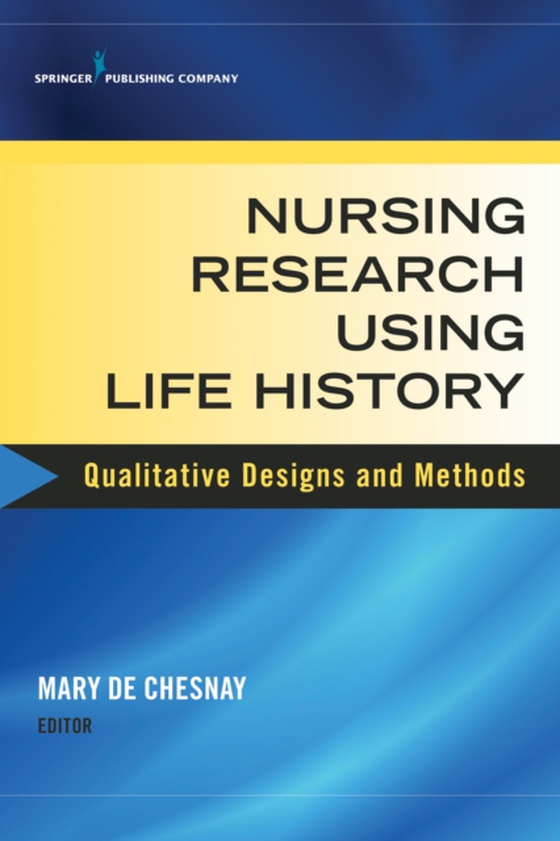
Nursing Research Using Life History e-bog
473,39 DKK
(inkl. moms 591,74 DKK)
"e;This is an excellent book for researchers who want to conduct nursing research using life history. It contains worthwhile basic information about the design and many good examples of its use. "e; -- Doody's Book Review ServiceLife history is a qualitative research method used to tell the story of an individual through the eyes of a researcher, who frames the story within the context ...
E-bog
473,39 DKK
Forlag
Springer Publishing Company
Udgivet
28 juli 2014
Længde
274 sider
Genrer
Nursing
Sprog
English
Format
epub
Beskyttelse
LCP
ISBN
9780826134646
"e;This is an excellent book for researchers who want to conduct nursing research using life history. It contains worthwhile basic information about the design and many good examples of its use. "e; -- Doody's Book Review ServiceLife history is a qualitative research method used to tell the story of an individual through the eyes of a researcher, who frames the story within the context of the culture in which the person lived. In this book, experienced scholars in qualitative life history research discuss the theoretical rationale for using this design, describe its components, and delineate a practical plan to conduct studies, including a focus on appropriate methods, ethical considerations, and potential pitfalls. Examples from published nursing research with author commentary help to support new researchers in making decisions and facing challenges. This concise, "e;how to"e; guide to conducting ethnography research is part of the seven-book nursing series, Qualitative Designs and Methods, which focuses on qualitative methodologies. The series will be of direct aid to novice nurse researchers and specialists seeking to develop or enhance their competency in a particular design, graduate educators and students in qualitative research courses, research sections in larger hospitals, and in-service educators and students. The book describes traditional and focused life history, phases of research, and methodology from sample and setting to dissemination and follow-up. Case studies follow a template that includes a description of the study, data collection and analysis, and dissemination. The book also discusses techniques whereby researchers can ensure high standards of rigor. With a focus on practical problem solving throughout, the book will be of value to novice and experienced nurse researchers, graduate teachers and students, in-service educators and students, and nursing research staff at health care institutions. Key Features:Includes examples of state-of-the-art life history nursing research with content analysis Describes types of life history, phases of research, and methodology Provides case studies including description, data collection and analysis, and dissemination Written by international scholars of qualitative life history
 Dansk
Dansk

